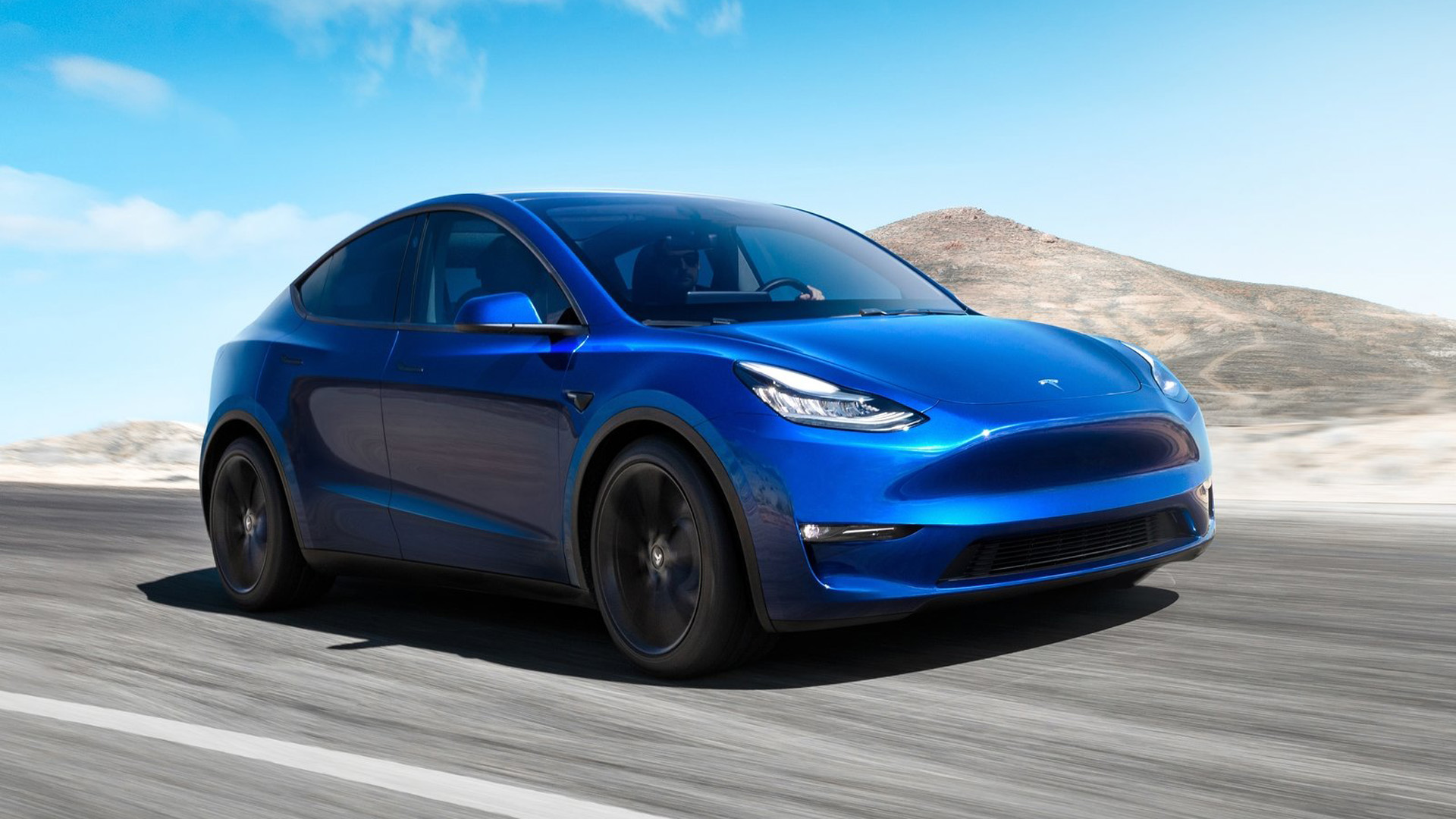

Tesla Chief Executive Elon Musk’s vision of partial vehicle autonomy has reached another milestone. This week, the automaker is rolling out an over-the-air update which enables some of its cars to recognize stop signs and traffic lights, but there’s just one catch: it will stop at green lights, at least for now.
First spotted on Twitter, the splash screen to enable the new Traffic Light and Stop Sign Control feature of Tesla’s semi-autonomous Autopilot suite displays a standard notice to warn drivers that the software they are about to enable is in beta. The prompt indicates that the software will present itself as quite conservative at first, initially not performing any turns through intersections and potentially failing to recognize some traffic control devices.
Because of this, the software notes, “Driver accelerator or stalk confirmation is required to proceed through all traffic controls, including green lights, blinking lights, and off lights.”
Tesla’s conservative approach to testing the software is erring on the side of caution—the automaker would rather see the vehicle stop at a green light than blow through an intersection, and the public surely agrees. However, the feature does seem to be riddled with false-positives and missed recognition from the start.
During an in-depth demo of the Traffic Light and Stop Sign Control by one Tesla-owning YouTuber, the feature can be seen recognizing the placement and color of traffic lights and stop signs. Surprisingly, the feature seems to hiccup under seemingly normal circumstances, including phantom braking while passing under an overpass and even failing to recognize a stop sign when an intersection is too close together, which could result in the car passing through it should the driver not be paying attention.
The Tesla driver indicates at one point in the video that the vehicle behind him was likely becoming upset with the all of frequent braking.

The feature, which is part of Tesla’s optional $7,000 Full Self-Driving add-on, is something Musk has been teasing as coming “soon” since December 2018 and has been highly anticipated by Tesla owners looking to reap the rewards from a very expensive promise. While a vehicle recognizing these traffic control devices is a huge advancement in semi-autonomous vehicles, it’s far from the zero-touch commute promise made by the CEO many months ago, and even further from a fleet of one million robotaxis by year’s end.
As indicated in the original notice when enabling Traffic Light and Stop Sign Control, the feature is expected to improve over time thanks to Tesla’s implementation of machine learning—its neural network.
This does beg to ask several pressing questions surrounding the morality of beta testing software on public roads. Recall that Boeing once certified its Maneuvering Characteristics Augmentation System for prime time before it brought down Lion Air Flight 610, exposing intricate flaws in the software. To be perfect, the feature needs seat time, but at what cost?
Would it be right to have similar concerns over Tesla’s new feature potentially skipping a beat? As documented in the video above, the feature already attempted to cross a divided highway because it misunderstood the layout of an intersection, something which could have resulted in an accident. While the functionality is expected to improve and learn from the fleet as more drivers use it, that doesn’t mean it will get every situation right every single time.
Despite paying for a feature called Full Self-Driving, drivers must remember that they still can’t buy a self-driving car today. Anyone behind the wheel of a Tesla with Autopilot is required to pay attention while driving, though as previously indicated in reports by the National Transportation Safety Board, drivers often exhibit an over-reliance on partial automation, meaning that the theory of a perfect beta test exists only in a vacuum.
Got a tip? Send us a note: tips@thedrive.com